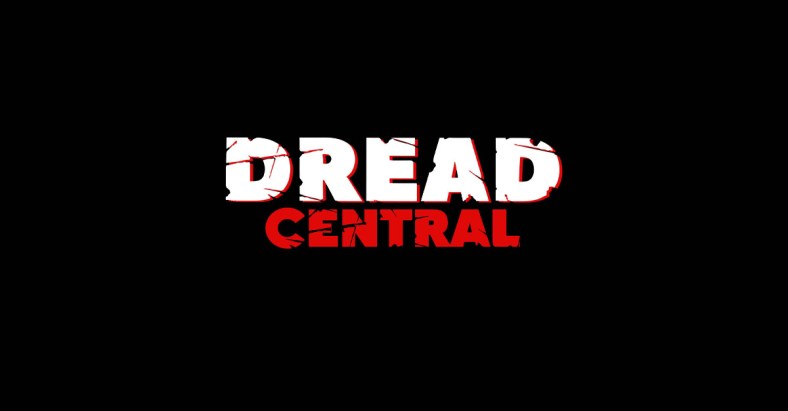Asemblance (Video Game)

 Developed by Nilo Studios
Developed by Nilo Studios
Available on PC and PS4
Suitable for ages 14+
“Of all the horror we can imagine, it is that of our own mind that is most terrifying.” That’s the kind of sophomoric drivel you hear all over college campuses, spewed forth by the over-educated in an attempt to sound worldly and deep in front of their sociology class. I would know. I was that person for many a year. That’s actually a quote from one of my sophomore year sociology papers. It wasn’t until I got older that I realized deliberate vagueness doesn’t make you clever, and there’s nothing wrong with enjoying some titties and blood.
It’s a rather aggressive opening, but I want to establish early that I find nothing virtuous about being indie and weird. I respect experimentation, but there’s nothing inherently quality about being avant-garde. Not every new direction is a good one, and more often than not are thinly veiled attempts to prove oneself a snowflake amidst a sea of dreary raindrops. And much like snowflakes, there are a billion of them, and they all melt under the harsh rays of heavy criticism.
It’s a true rarity when a game comes along with the combination of genuine expression, quality design, and skillful storytelling to really wow me. The greatest compliment I can give an indie game is that it is genuine and good, since so rarely in a consumer medium can you achieve both. Asemblance isn’t a game that wows me because I relate to its message or belong to the group it seeks to champion. It’s a game that wows me because it’s made so well.
As Asemblance begins, you awaken in a room while a whirring emergency alarm goes off. An unseen robotic voice tells you that this is an emergency, and chastises you for not helping. That is all I am going to say about the plot though, because after that it becomes heavily up to the interpretation of the individual. You will constantly question what is actually happening, the boundaries between reality and fiction, and what exactly to do with your revelations.

Asemblance’s story is all told through a series of memory simulations. There are three to see, but several variations of each that affect one another to alter your understanding and progress the narrative. There are triggers you can activate to manipulate the room, and discovering these is the bulk of the challenge. From start to finish, the game could easily be done in 30 minutes, but the exploration of these rooms could take weeks. Looping around again and again, discovering what is new, and discovering all the endings is something that the collective player base still hasn’t done a week after release.
Among the chief offenders of the deliberately obtuse genre are circular narratives. Time loops, repeated lines, etc., are more often than not a cheap way to add complexity to a narrative without adding substance. It is so difficult to do one of these well, that I’m honestly shocked the people at Nilo Studios pulled it off. It functionally makes sense given the repeated memory simulations, but they also work it into the world outside of the simulation chamber. What’s even more impressive is that they loop it back into the function of the game in the meta-narrative. It would have been so easy for this to have been done poorly, but the three loop and interweave at every point. As a player, my brain working was as important as the pre-set triggers in the game. That functional complexity of storytelling is masterful.

At this point, something being pretty doesn’t wow me. I’ve seen multiple iterations of “top end” visuals, and they always end up being replaced by the next big thing a few years later. I’m more impressed with visual design and fidelity. Asemblance is by no means an ugly game, but really takes the gold star for its visual design. Rooms initially appear basic, with big key objects like voice recorders and computers shining brightly leading you to major objectives. It might take you a while to realize that the zoom button functions for more than just triggering objectives. Every document, book title, and little note is readable, and often with pivotal importance. It took me reading a random document on one of the tables to learn about the fundamental time advancement mechanic. And don’t expect any pop-up message to inform you of the information you’ve learned. This is an exercise in memory, comprehensive analysis, and thorough exploration.
I’m not saying that it’s a perfect game. The mechanics are far too bare bones, and triggers sometimes nonsensical. However, for an indie production, what they managed to do with such a basic framework speaks to a team talented far beyond their budget. At this point, I’ve only gotten three of Asemblance’s endings. I don’t know if I will ever get all of them. I don’t have the time to hunt for every secret, but this game made me wish I did. It reminded me that sometimes, it takes experimentation to remind you of real quality. And as a jaded, cynical, bitter man, it makes me feel a shred of wonder again.
-
Game
Categorized:Horror Gaming Reviews

